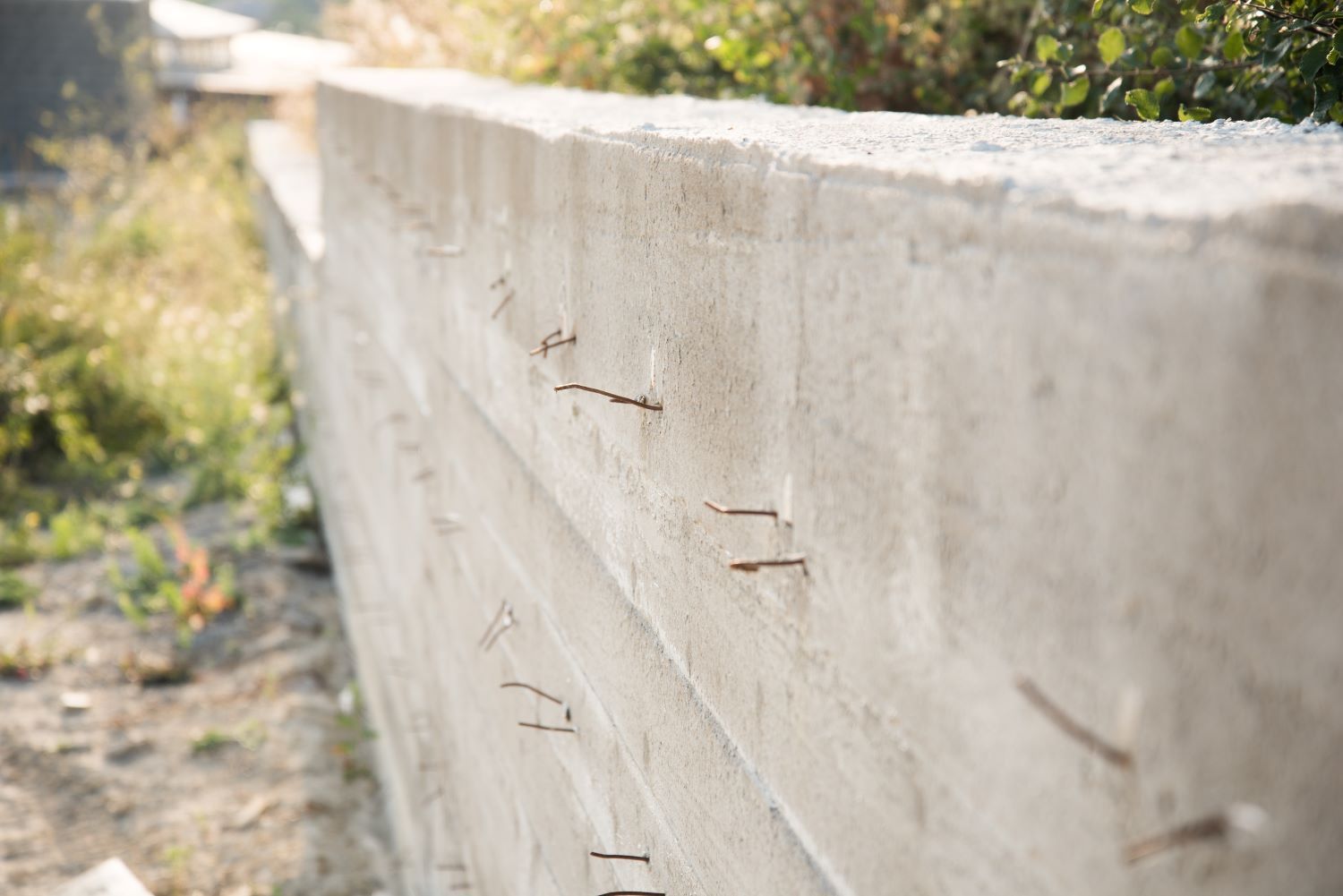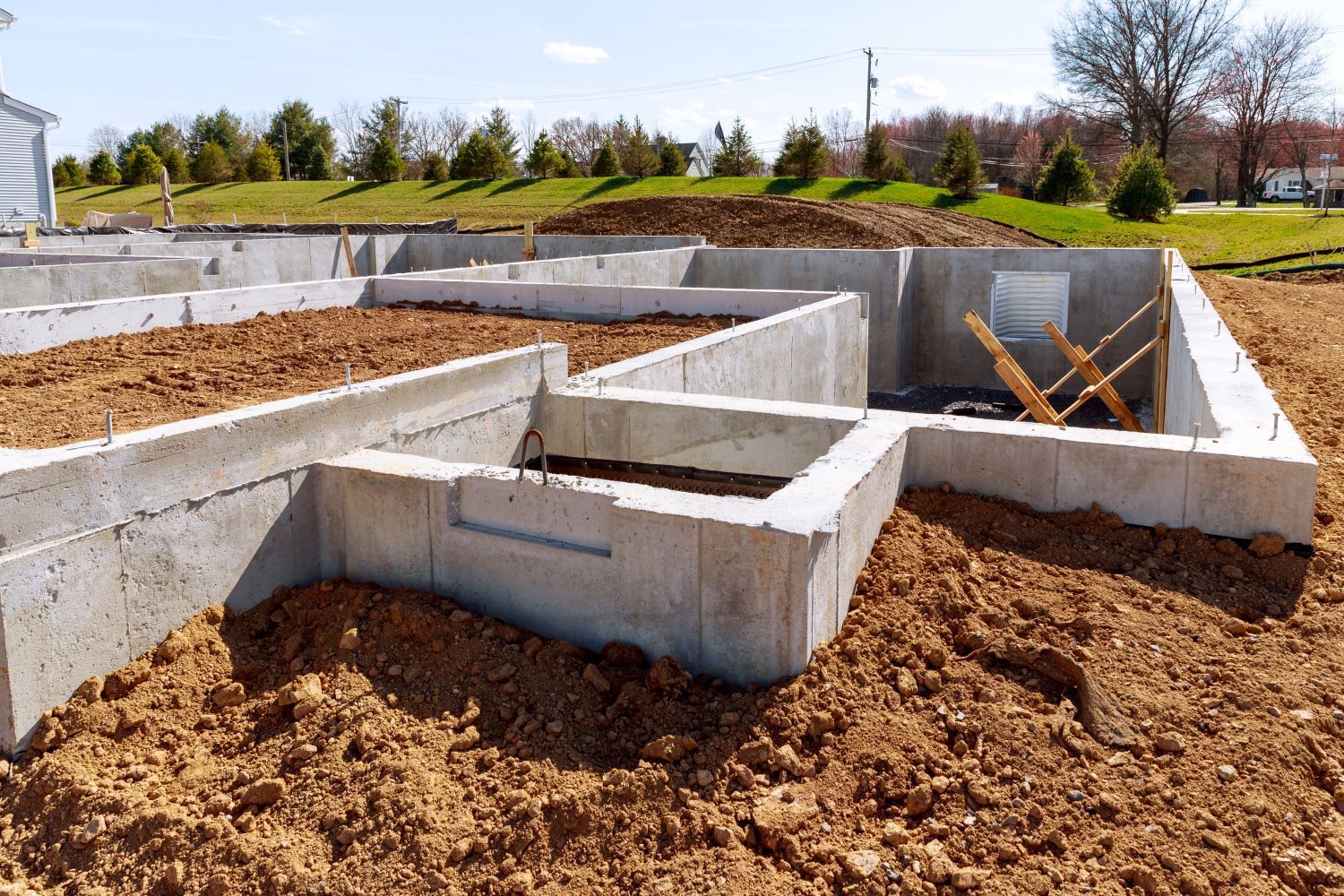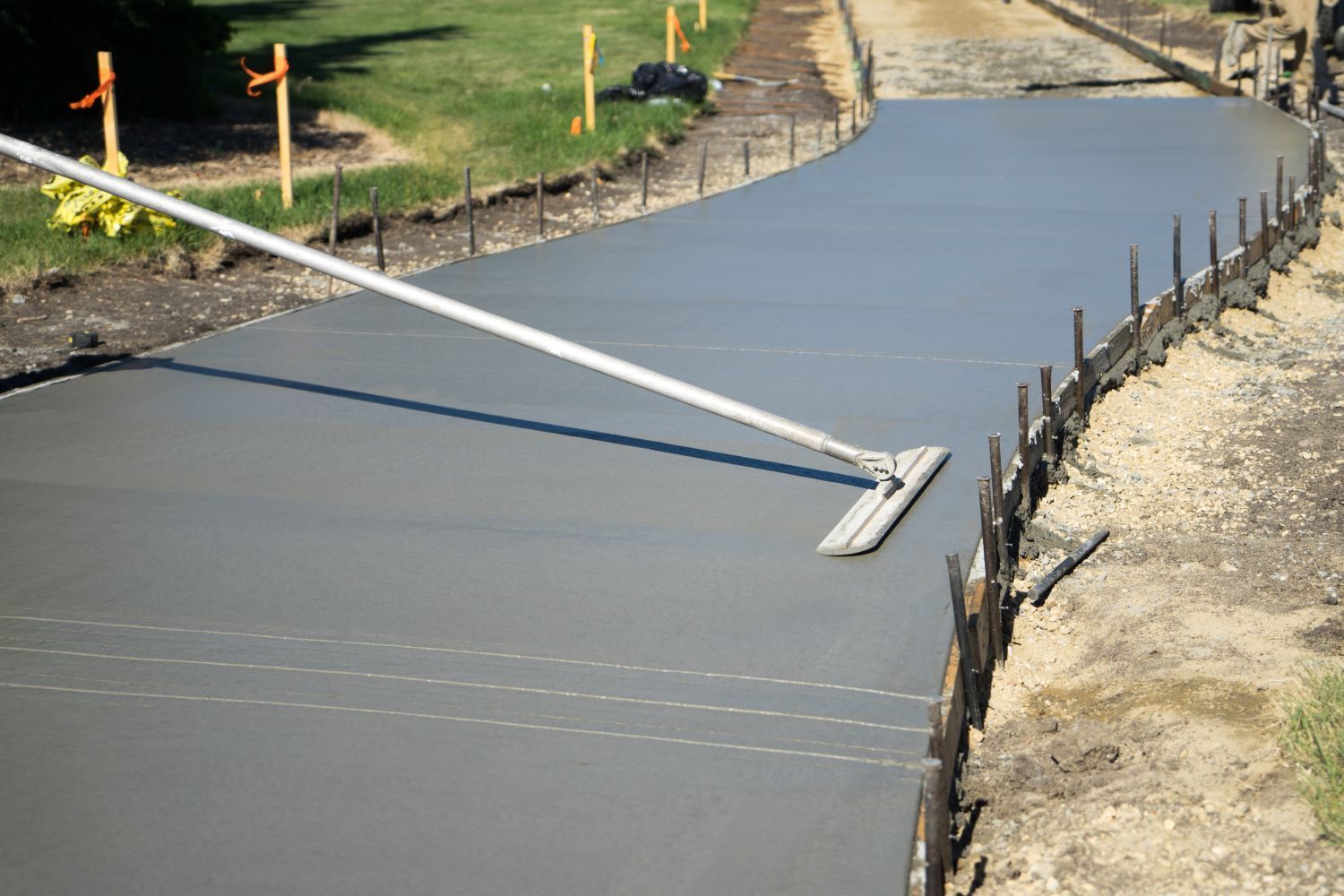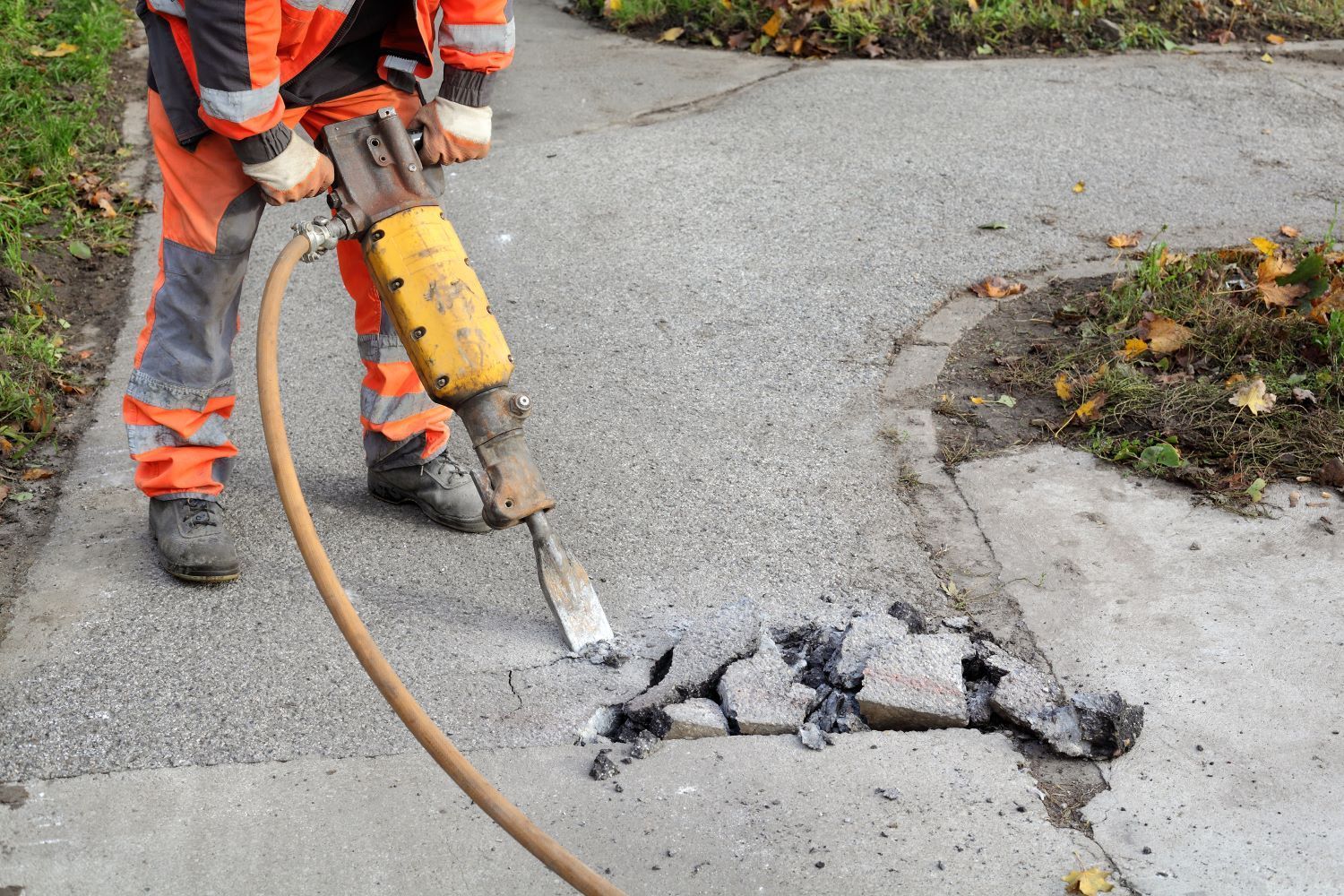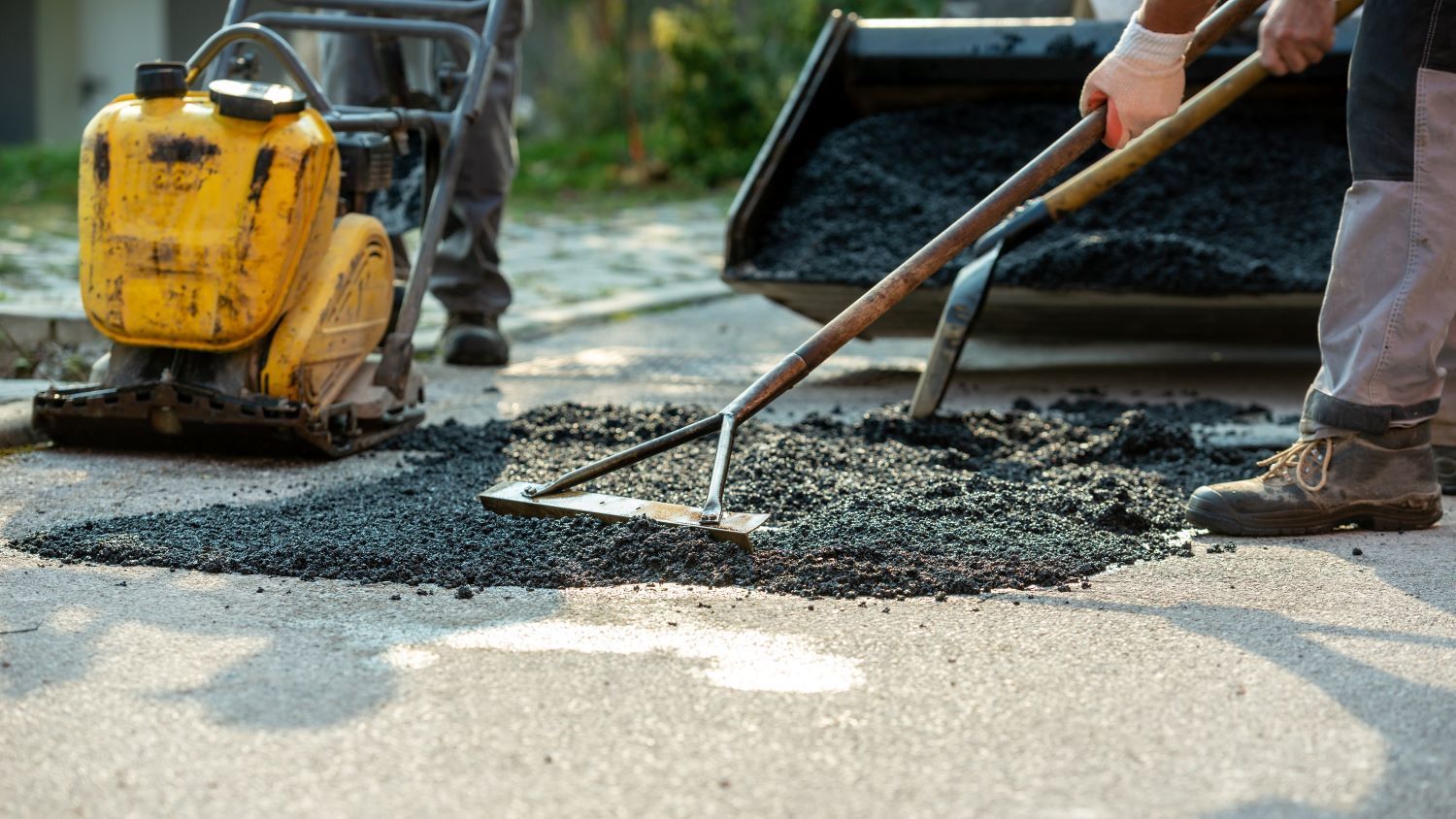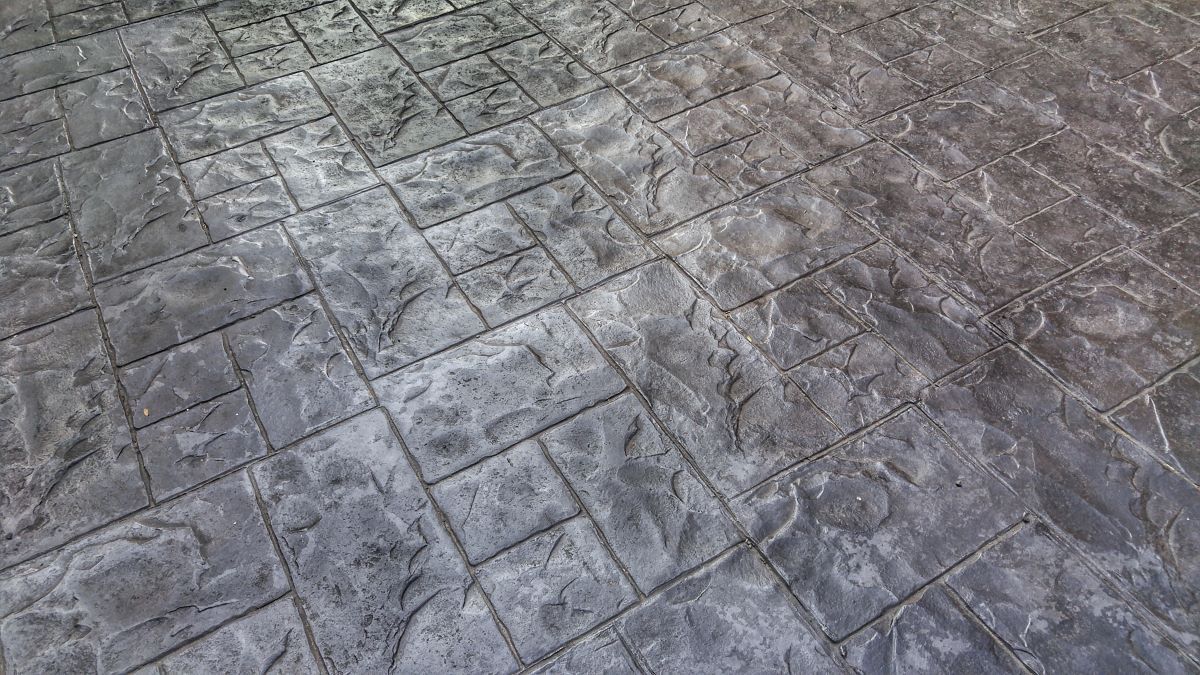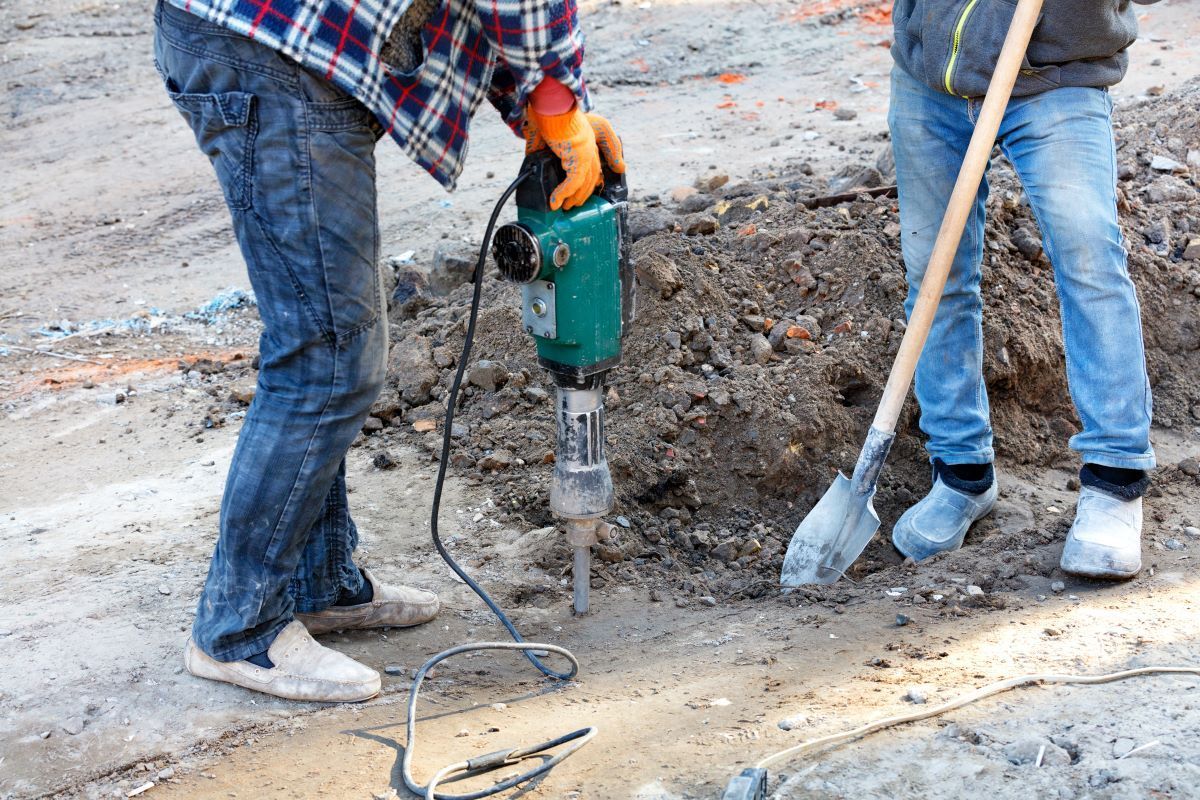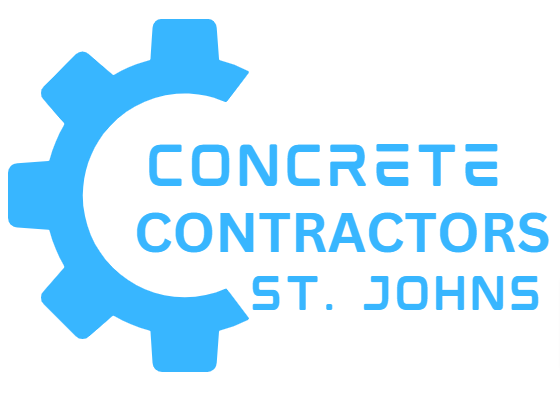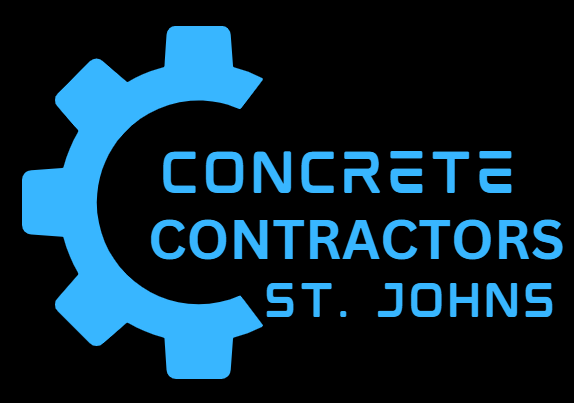Elevate Your Outdoor Space: Concrete Patio Ideas
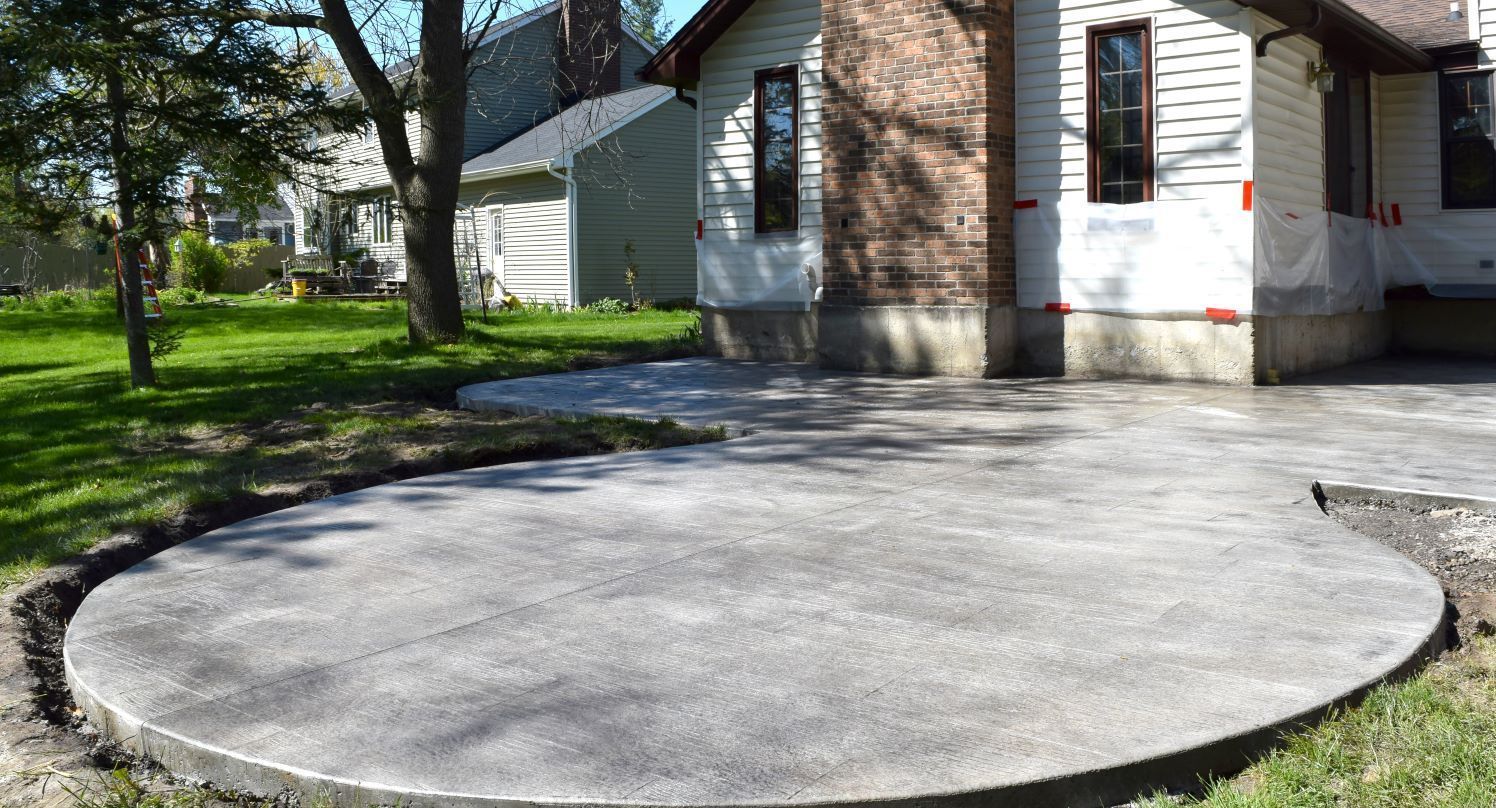
As the warm weather approaches, many homeowners are looking forward to spending more time outdoors, soaking up the sun and enjoying the fresh air. One of the best ways to enhance your outdoor living space and create a functional and inviting environment is by installing a concrete patio. At Concrete Contractors St. Johns, we specialize in creating stunning concrete patios that elevate the beauty and functionality of any outdoor area. In this blog article, we'll explore some concrete patio ideas and discuss why concrete is the ideal choice for your outdoor space in St. John's, Newfoundland.
Concrete Patio Ideas:
- Stamped Concrete Patterns:
- Add visual interest and texture to your patio with stamped concrete patterns. Choose from a variety of designs and textures, including brick, stone, wood, and tile patterns, to create a customized look that complements your home's aesthetic. Stamped concrete allows you to achieve the look of natural materials without the cost and maintenance associated with traditional paving materials.
- Colored Concrete:
- Enhance the beauty of your patio with colored concrete. Choose from a wide range of colors and shades to match your home's exterior or create a bold statement. Colored concrete can be used to create borders, accents, or intricate designs, adding depth and personality to your outdoor space.
- Exposed Aggregate Finish:
- Create a rustic and textured look with an exposed aggregate finish. Exposed aggregate concrete features decorative stones or aggregates embedded in the surface, adding visual interest and traction. This durable and slip-resistant finish is perfect for high-traffic areas such as patios and walkways.
- Integral Seating and Planters:
- Incorporate built-in seating and planters into your concrete patio design for added functionality and convenience. Integral seating provides a comfortable and stylish seating solution for outdoor gatherings, while built-in planters allow you to showcase your favorite plants and flowers, adding color and greenery to your patio.
- Outdoor Kitchen and Dining Area:
- Transform your patio into an outdoor kitchen and dining area with the addition of a built-in grill, countertop, and dining space. A concrete patio provides a durable and easy-to-clean surface for cooking and entertaining, allowing you to enjoy alfresco dining all season long.
Why Choose Concrete for Your Patios:
- Durability:
- Concrete is renowned for its durability and longevity, making it an ideal choice for outdoor applications such as patios. Concrete patios can withstand heavy foot traffic, harsh weather conditions, and UV exposure, ensuring years of reliable performance and enjoyment.
- Low Maintenance:
- Unlike other paving materials such as wood or pavers, concrete requires minimal maintenance to keep it looking its best. Routine cleaning and sealing are all that's needed to maintain the beauty and integrity of your concrete patio, saving you time and money on upkeep.
- Versatility:
- Concrete offers endless design possibilities, allowing you to create a customized patio that reflects your personal style and preferences. With a wide range of colors, finishes, and textures to choose from, you can achieve the look and feel you desire for your outdoor space.
- Cost-Effectiveness:
- Concrete is a cost-effective paving material compared to other options such as natural stone or brick. With its long lifespan and low maintenance requirements, concrete provides excellent value for your investment, allowing you to enjoy a beautiful and functional patio without breaking the bank.
Conclusion:
A concrete patio is the perfect addition to any outdoor living space, providing durability, versatility, and aesthetic appeal. Whether you prefer a stamped concrete pattern, colored concrete, or exposed aggregate finish, Concrete Contractors St. Johns can bring your vision to life with our expert craftsmanship and attention to detail. Contact us today to learn more about our concrete patio services and start planning your outdoor oasis in St. John's, Newfoundland.

